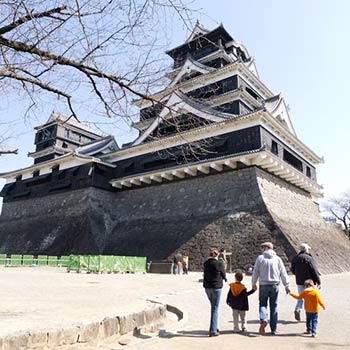When Walter Maxey was a boy, it was his job to tighten the bolts before anyone got in the car. This was in the 1950s in southernmost Japan. The roads were just crude rock gravel back then, brutal enough to dislodge any steel bolt and turn an outing into a routing.

Roads had become a lifeline, after all: in the ’80s, when the railroads were privatized, most train lines far from Tokyo were discontinued. “I grew up where the car is not an option,” explains Maxey. “So I had an intuitive sense of how economic growth and success were tied to automobility.”
“Automobility”? The term has revved up among scholars over the last decade: it focuses on the social construction of movement through the car, arguably the most iconic artifact of the 20th century. For Maxey, automobility is also autobiographical—and the vehicle has become his vehicle for analysis. Thus his book in progress, with the working title Automotive Modernity: The Politics of Mobility in 20th-Century Japan. (Maxey is pictured here with his family on a visit to his hometown of Kagoshima.)
Scholars on cars in Japan have largely leaned industrial, explains Maxey—they have pumped out analyses of how the world’s auto industry was changed by Japanese exports from Toyota, Nissan and the like. “But almost nothing has been done about how the car shaped the culture in Japan,” he says. “I was tired of intellectual historical ideas that float in ether. So I challenged myself to find out about how physical things shape how we experience ourselves.”




